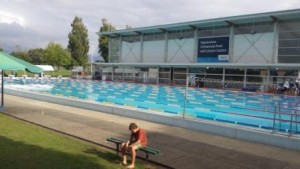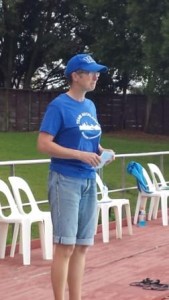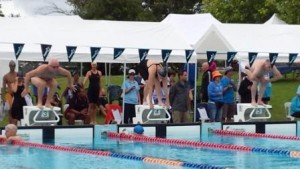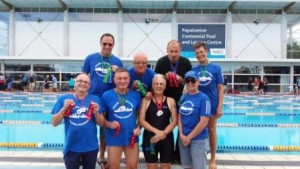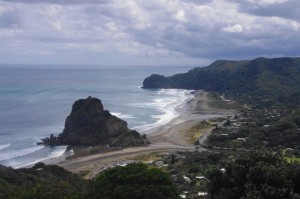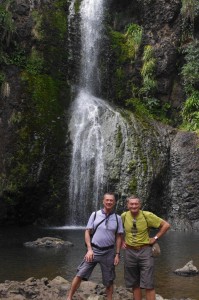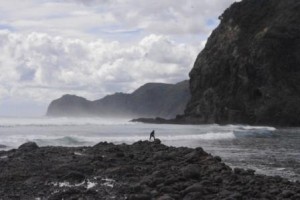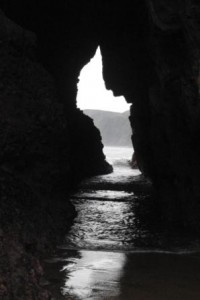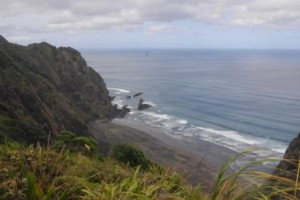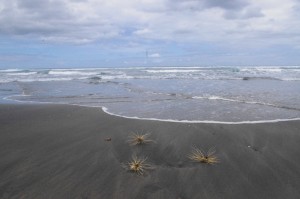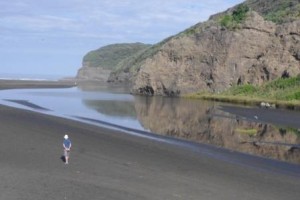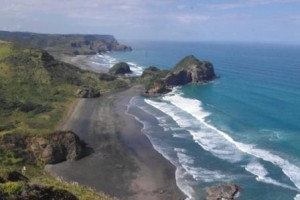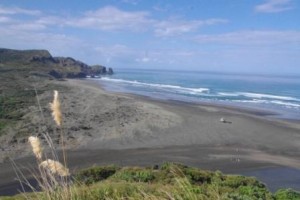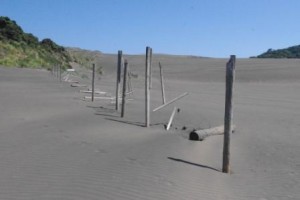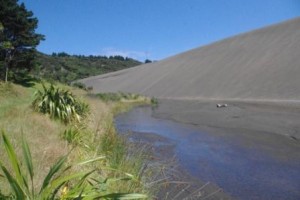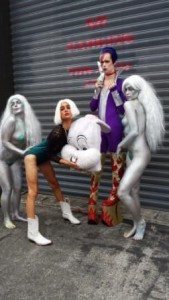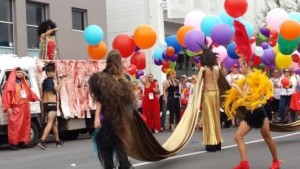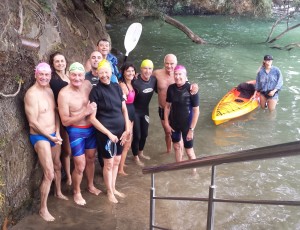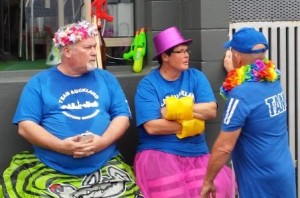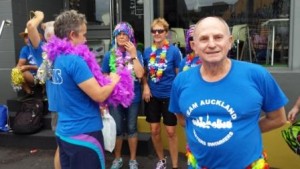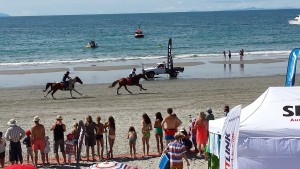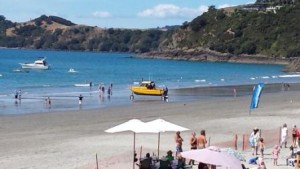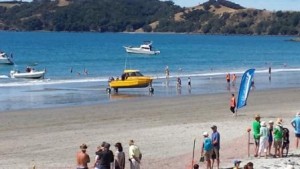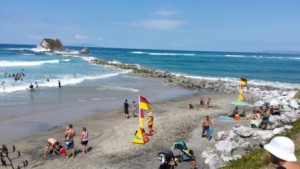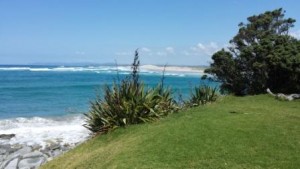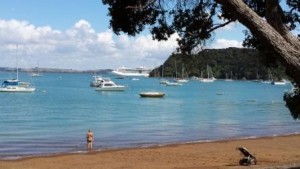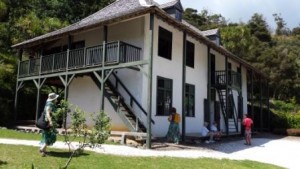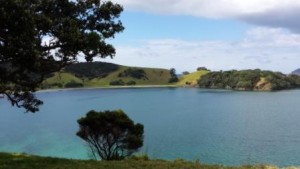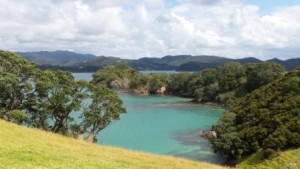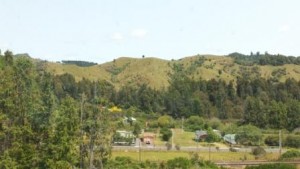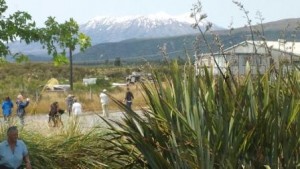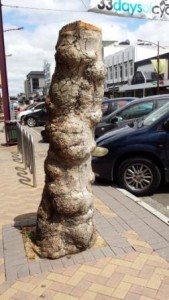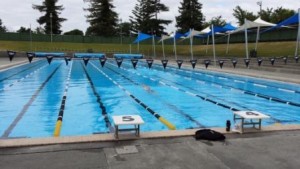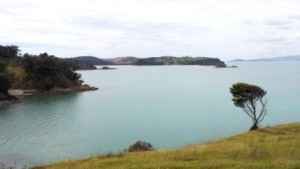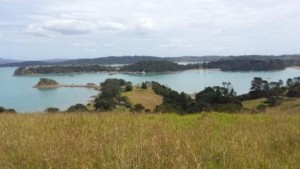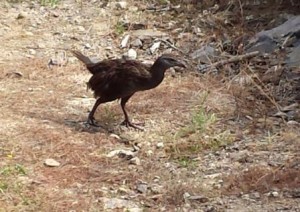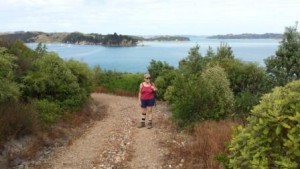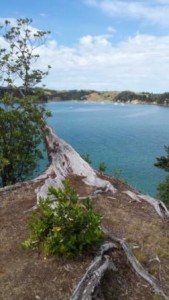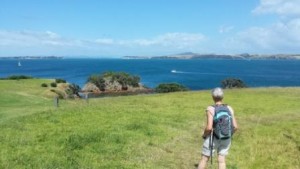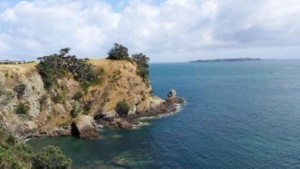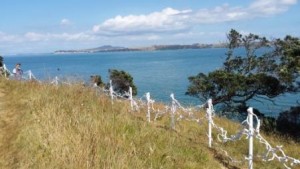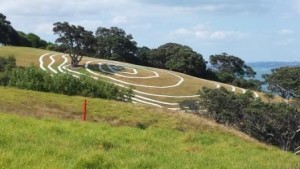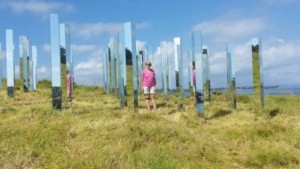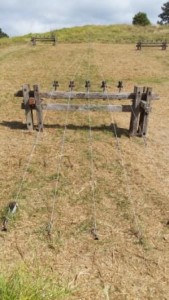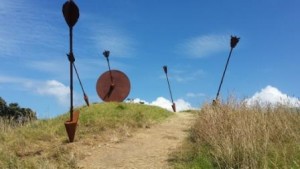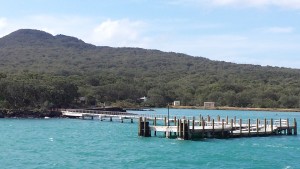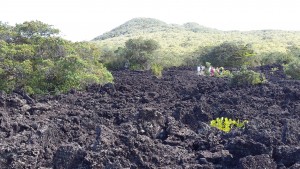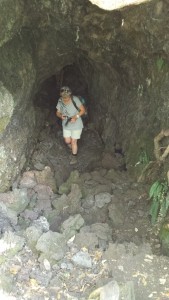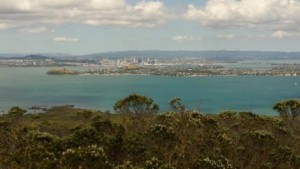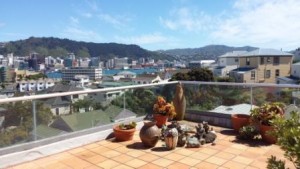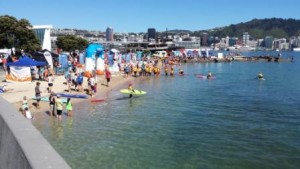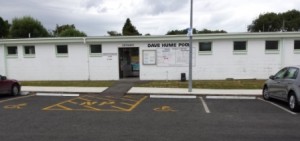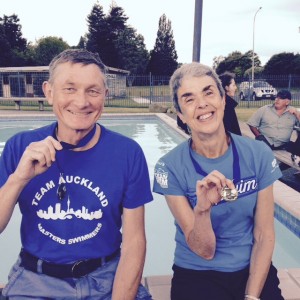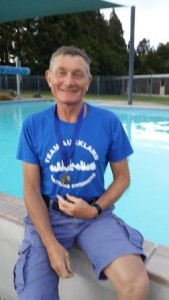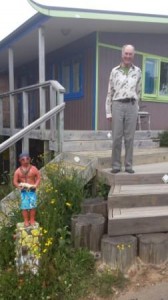On the eve of ANZAC day it seems that the whole country is obsessed with the centenary of the landings at Gallipoli by the Australian and New Zealand Army Corps. Certainly the news outlets on Waiheke, comprising: Radio New Zealand National Programme, the $2 Gulf News (weekly) and two freebie papers are full of comments, articles and news of commemorative events. The strap-line for the radio is The day that changed New Zealand forever! This, to me sounds overly dramatic. OK, it was New Zealands first military action on the world stage in support of an ageing parent that was the British Empire and weve continued along these lines in every war since. The latest, only this week, is the deployment, along with Australia, of troops to help with military training in Iraq. (Australias Prime Minister today unadvisedly described this as an ANZAC initiative to howls of protest the politicians in this part of the world have large feet and even larger mouths in which to put them) The other thing is that the whole expedition was a disaster leading to massive loss of life and a humiliating retreat. As my Mother used to say, Only the British (including her colonies) can make a victory out of a defeat.
The local papers are full of stories about Uncles killed or Fathers wounded. The storytellers are themselves now extremely old and appear in the papers pictured with their ancestors medals or pay books which miraculously stopped that shell from killing them. My own grandfather was one of the wounded but never attended a single Anzac Day parade, nor wore a poppy or his medals so, to us, it was no big deal. However, I have to confess to adding to the verbiage by writing a short play called Granddads War. There was a suggestion from the director of the Waiheke short play festival that Gallipoli might be a fundable theme for this year. I initially felt uninspired, and then as happens with writers, an ideal crystallises and out came a seven a half minute play.
My grandfather never talked about what really happened in the war, and when I look at the stories being told now, they are either light hearted, neutral or descriptions of military strategy. Some insights are to be had from letters and diaries written on site, but afterwards nothing. As children we got funny stories about the war things like the mispronunciation of Ypres, the Belgian battle field, which ended up as wiper not a hint of the horrors encountered there. So the point of my play is that there were no stories which they could bear to tell except the funny ones. I included two of these in the play but had to send Granddad to sleep, to dream of the scene where he got wounded, which I had to invent.
My memory of ANZAC parades as a child and teenager in Waipawa is of Dad getting out his best (only?) suit and polishing his black shoes. There were also the medals rescued annually from a box hidden in an obscure cupboard. Where are my bloody medals? was the cry. They also had to be cleaned, a job my brother eventually took up. We never made it to the dawn parade but would assemble at one end of the main street, Dad up front with the Returned Servicemen, my brother and I with the Scouts or Cubs, shivering in our short pants in the cold autumn mist which rises out of the Waipawa River. The towns highland pipe band lead, followed by the Returned Servicemen. My father in perfect step with the others, made an impressive sight. This small town of 1700 people also produced a brass band and a team of marching girls who strutted in their white calf-length boots, dazzlingly short skirts and Hollywood style military hats. The Cubs, Brownies, Girl Guides and Boy Scouts plus the St Johns Ambulance Brigade, slotted in somewhere to make up the parade and marched down the main street of town, which happened to be the main North South highway. Traffic was diverted, not that there was much, as ANZAC day is a national holiday and the railways still carted most of the freight the heavy duty inter-city trucks were then unimagined. At the other end of the Main Street is the white Memorial Town Clock where the names of the fallen are to be read. Standing guard is an archaic cannon preserved for posterity in multiple layers of grey paint. This iconic image of Waipawa, to be found on a few hopeful tourist souvenirs, was for a few decades in the 70s and 80s , unaccountably usurped by a huge yellow duck the sort you might find in a childs bath which stood guard at the entrance to the town. Fortunately this was disposed of by friendly vandals returning us to sobriety at the town clock.
Here we were, assembled for the ANZAC day service the prayers, the bugle calls Last post and Revellie and the Hymns; O God Our Help in Ages Past and the National Anthems, which in those days were God Save the Queen and God Save New Zealand. All these played by the brass band.
I saw it then as an annual chore. War was still a mystery at that age, although we all had some expectation of experiencing it as we sweated under the brilliant autumn sunshine which had dispelled the mist and now shone unrelentingly on the servicemen in their dark woollen suits.
I havent been to an ANZAC service since then. As a student I demonstrated against our involvement in the Viet Nam war, sang antiwar songs at folk groups in the 70s and was generally against all war. In London I marched, protesting against the Iraq war one of 2 million. It was heady stuff, but in the long run, our voices went unheard. Its great that the young still believe, as I did, that we can change the world. I now know that its more complicated and that just maybe, mankind is destined to continually be at war. History tells us so.
